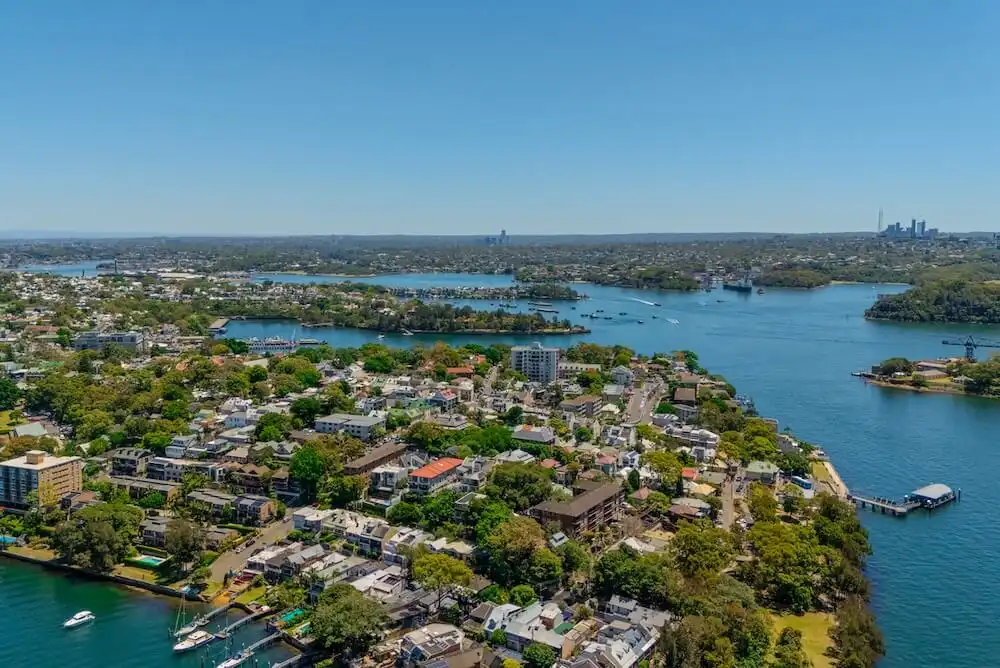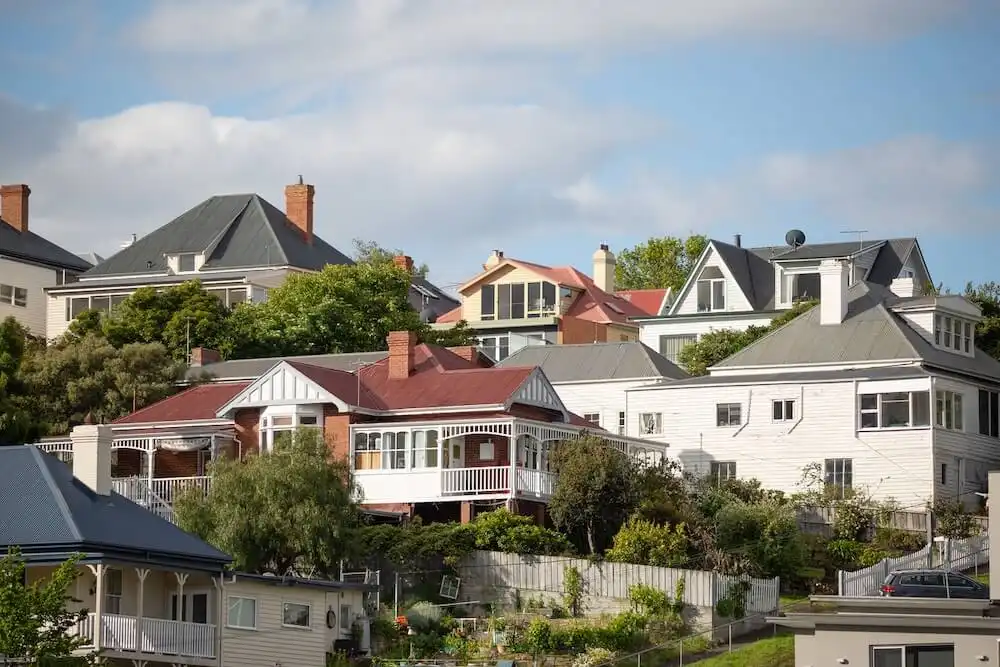Australia's property price climb 'all but over' as growth flattens
With the new year approaching, Australian property prices have hit a plateau after months of slowing momentum.
While values continue to rise in some markets, on the whole CoreLogic's latest report called our national upswing "all but over" with softer figures for November.
But could interest rate cuts in 2025 mark another resurgence?

Get a free property value estimate
Find out how much your property is worth in today’s market.
Australian property prices: November 2024
The national median property value rose by just +0.1 per cent last month — the 22nd consecutive month of positive growth but the smallest movement since the market recovery began.
The median Australian home now costs more than $812,000, remaining at an all-time high.
| Market | Month | Quarter | Annual | Median value |
|---|---|---|---|---|
| Sydney | -0.2% | -0.5% | 3.3% | $1,196,809 |
| Melbourne | -0.4% | -1.0% | -2.3% | $776,949 |
| Brisbane | 0.6% | 1.8% | 12.1% | $886,540 |
| Adelaide | 0.8% | 2.8% | 14.0% | $813,716 |
| Perth | 1.1% | 3.0% | 21.0% | $808,090 |
| Hobart | -0.1% | 0.4% | -1.0% | $654,339 |
| Darwin | 0.2% | -0.7% | 0.9% | $496,860 |
| Canberra | 0.1% | -0.3% | -0.1% | $851,731 |
| Combined capitals | 0.1% | 0.3% | 5.4% | $897,580 |
| Combined regional | 0.3% | 1.1% | 6.0% | $649,899 |
| Australia | 0.1% | 0.5% | 5.5% | $812,933 |
The slight dip in Sydney prices last month was followed up with a modest -0.2 per cent decline in November while Melbourne homes dropped another -0.4 per cent.
Perth, Adelaide and Brisbane values all saw sizeable increases in November but that trend is slowing now too.
The smaller capitals hovered around flat levels, as they have for most of the past year, and regional markets broadly outperformed the major cities.
"The downturn is gathering momentum in Melbourne and Sydney, while the mid-sized capitals, which have dominated the growth cycle of late, are also losing steam," CoreLogic's Tim Lawless confirmed.
"The mid-sized capitals and most of the regional ‘rest of state’ markets continue to provide some support for growth in the national index, but it is clear momentum is also leaving these markets."
Three key takeaways from the current market
A number of 2024 property trends have become more firmly entrenched while other shifts are now just emerging. Here are the headline issues worth tracking.
The long run of price growth may be winding down for now
Since Australia's property markets began rebounding at the beginning of 2023 in spite of rising interest rates, home prices have risen considerably in many locations around the country.
That momentum has been slowing throughout 2024, though, and Mr Lawless told the AFR that persistently high rates have finally put the brakes on our country's housing.
"The market can only weather the storm for so long," he said.
"Households have been drawing down on their savings and demand deflecting towards the lower price points and investors slowing their credit growth, so I think all things considered, this is probably an inflection point in the market."
He added that affordability has become especially stretched in places like Sydney and "I think the market really does need a breather."
Listing levels were replenished as sellers had an active spring
A shortage of listings on the market was a key feature around the country in the earlier stages of 2024, but the spring selling season saw vendors returning in numbers.
Over November, new listings in the capital cities were +16 per cent higher than they were in winter, with Perth and Adelaide recording the highest lift in stock levels.
Meanwhile, buyer activity has declined slightly, dropping -2 per cent below the five-year average, and auction clearance rates have lowered from previously high levels.
Earlier in the year, conditions in many markets were heavily favouring sellers. With these shifts, it now appears that a more balanced market is emerging.
Regional markets are now outpacing the capitals again
At the beginning of the pandemic, there was a rush towards the regions as the combination of extended lockdowns and remote work flexibility drove a widespread desire for a tree- or sea-change.
In 2024, with affordability becoming so stretched in our capital cities, there has been some renewed interest in the regions which frequently offer more space for less money.
Over the past quarter, the combined regional markets saw price gains of +1.1 per cent compared to just +0.3 per cent for the capitals.
The biggest boosts were seen in regional WA, SA and Queensland, while the biggest capital-to-regional discrepancy was between Sydney, which fell -0.5 per cent for the quarter, and regional NSW, which gained +0.6 per cent for the quarter.
What's next for Australian property?
CoreLogic's report argued that "The outlook for housing markets has arguably deteriorated
over the past month" as expectations of an impending rate cut have been pushed back further into 2025.
The RBA appears to be taking a conservative 'wait-and-see' approach to inflation, meaning it may take longer for them to be assured that rate cuts won't bring about another inflationary spike.
Three of the big four banks have revised their forecasts to say May 2025 is the month we'll see the first cut, with the Commonwealth Bank holding onto its prediction of a February cut.
If and when it arrives, Mr Lawless said that "A lower cash rate will be a positive factor for housing markets.
"Lower mortgage rates will provide a lift to borrowing capacity, and, along with lower inflation, should see an improvement in serviceability assessments and see a further rise in consumer sentiment."
Even so, he believes we may not see another upswing in prices until "rates reduce more substantially and affordability barriers are less formidable."
The 2025 outlook seems uncertain at this point. For now, many of Australia's property markets are at or near peak prices and appear to be relatively balanced between seller and buyer competition.







